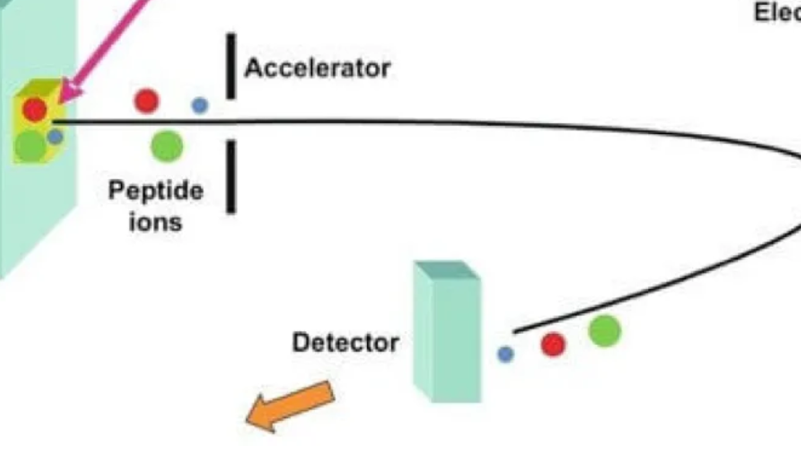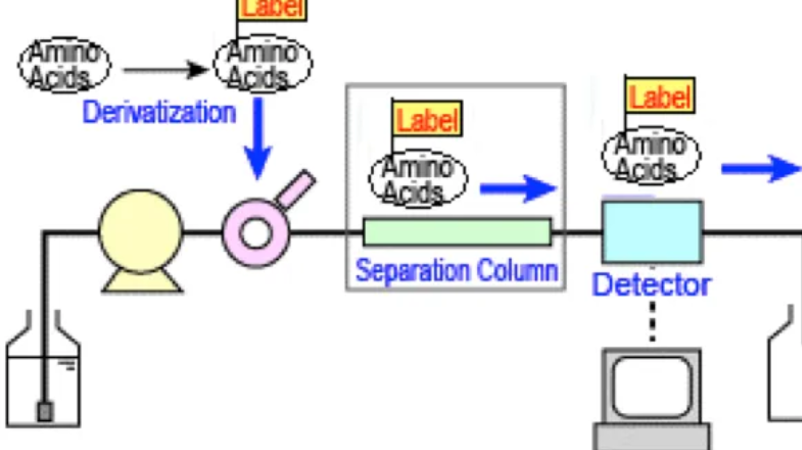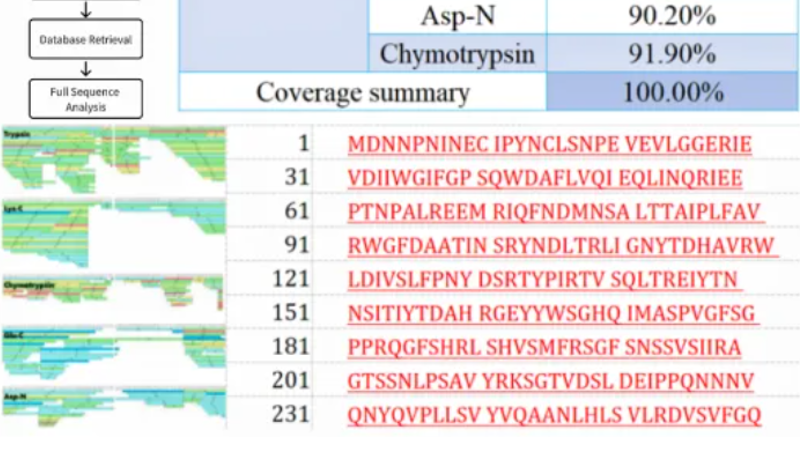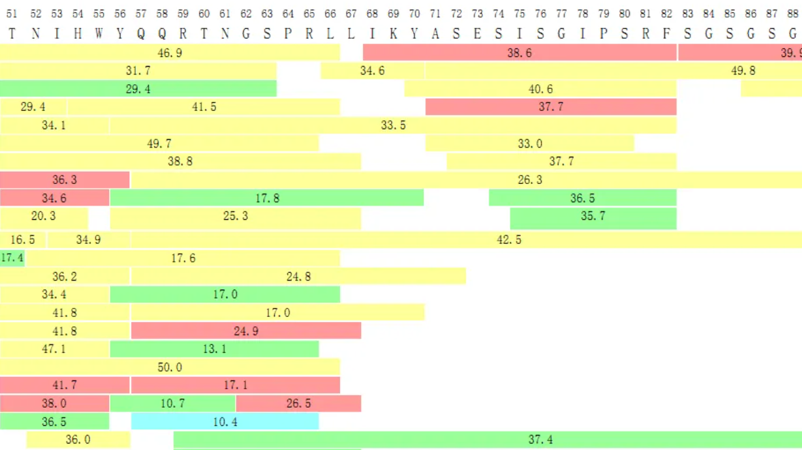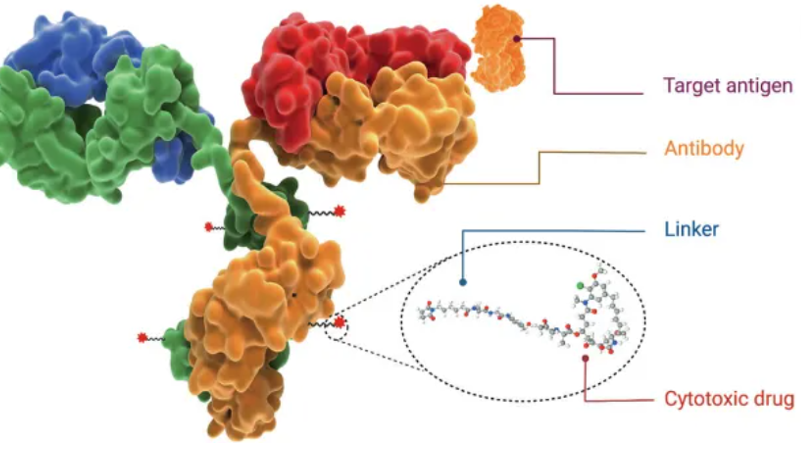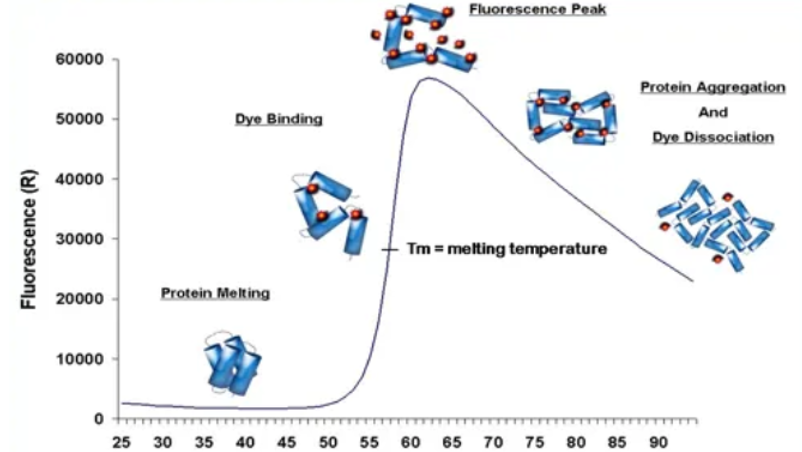Primary Structure Analysis Service
Primary structure analysis refers to the comprehensive determination of the linear sequence and composition of biomolecules, including proteins, peptides, oligonucleotides, and other biologically relevant macromolecules. This foundational level of structural characterization provides critical insights into the identity, purity, and functionality of a molecule by elucidating its monomeric sequence, molecular weight, and chemical modifications.
In biopharmaceutical development, biomedical research, and synthetic biology, accurate primary structure data is essential for verifying the integrity of recombinant products, designing targeted therapeutics, identifying post-synthesis alterations, and supporting regulatory submissions. Whether the target is a protein-based drug, an antibody-drug conjugate, a peptide therapeutic, or an engineered oligonucleotide, determining its primary structure is the first step toward understanding its behavior and ensuring its performance.
Service at MtoZ Biolabs
MtoZ Biolabs specializes in providing integrated Primary Structure Analysis Service. Our Primary Structure Analysis Service encompasses a broad spectrum of biomolecules, including proteins, peptides, oligonucleotides, and complex bioconjugates. We integrate high-resolution mass spectrometry, UV-visible spectroscopy, chromatography, and thermal shift assays to provide accurate insights into molecular weight, sequence composition, terminal structure, and stability. Whether you require qualitative or quantitative evaluation, full sequence coverage, or specialized analysis such as conjugate profiling, our platform offers flexible and validated solutions tailored to your project needs.
Service Advantages
✔️Advanced Analysis Platform
MtoZ Biolabs established an advanced Primary Structure Analysis Service platform, guaranteeing reliable, fast, and highly accurate analysis service.
✔️Project-Centered Customization
Each analysis is tailored to your sample type, molecular characteristics, and research goals. We design optimized workflows that support a wide range of structural analysis needs, including intact mass measurement, terminal sequencing, and composition analysis.
✔️Expert Support and Interpretation
Our scientific team provides clear data interpretation and technical consultation to ensure you receive actionable insights that align with your project goals.
✔️End-to-End Service
We simplify the analytical process by combining sample preparation, data acquisition, bioinformatics interpretation, and comprehensive reporting into a single, seamless service package.
✔️One-Time-Charge
Our pricing is transparent, no hidden fees or additional costs.
Applications
1. Biotherapeutic Characterization
Determine the sequence integrity, terminal heterogeneity, and molecular identity of recombinant proteins, monoclonal antibodies, and antibody-drug conjugates for quality control and regulatory submission.
2. Protein Engineering and Design
Validate engineered proteins, fusion constructs, and site-specific mutations by confirming amino acid composition and sequence coverage.
3. Synthetic Peptide and Protein Verification
Confirm molecular weight, sequence accuracy, and purity of chemically synthesized peptides or proteins.
4. Nucleic Acid Therapeutics Assessment
Analyze oligonucleotide sequence and molecular weight to support development of RNA-based drugs, DNA aptamers, or antisense oligonucleotides.
5. Basic Research in Structural Biology
Support studies investigating novel protein isoforms, processing events, and terminal modifications relevant to structure–function relationships.
Sample Submission Suggestions
We accept, but are not limited to, the following sample types: cell lysates, tissues, serum, plasma, CSF, and purified protein complexes. Different analysis workflows may require specific sample preparation conditions and submission quantities.
To ensure optimal results, we recommend consulting our technical team prior to sample preparation. We will provide a customized sample submission protocol tailored to your research objectives and sample characteristics.
Deliverables
1. Comprehensive Experimental Details
2. Materials, Instruments, and Methods
3. Total Ion Chromatogram & Quality Control Assessment (project-dependent)
4. Data Analysis, Preprocessing, and Estimation (project-dependent)
5. Bioinformatics Analysis
6. Raw Data Files
If you are interested in our Primary Structure Analysis Service, please feel free to contact us. Our technical specialists are available to provide a free business assessment.
How to order?







